Locating and saving content can be a tedious process, but many tools can help.
Weebly (
www.weebly.com)
is a free website builder. This platform is extremely easy to use, even
for the less-than-tech savvy; building a site is as simple as drag and
drop. The best part to a weebly site is the cost: it’s completely free.
An additional perk is that the number of files that can be uploaded
is UNLIMITED! This is really great, because many sites limit storage on a
free account. There are constraints on the size of the files. Weebly
allows you to link to videos and content and can also receive student
uploads as well. Weebly does have a paid option which for $39.95 a one
year subscription will give multiple options, including files up to
250MB in size, a video player and the ability to embed documents. You
can also password protect individual pages.
Below is an example of a weebly site that I built for an AP Calculus
course I was planning on teaching last year (the course never came to
fruition.) Note that I did pay for a subscription in order to receive
the premium features.
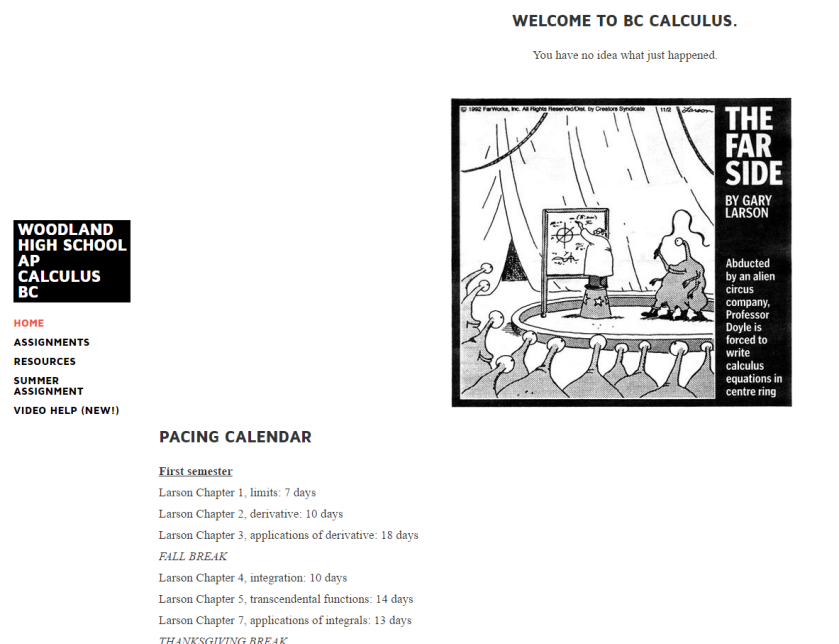
The full site is located here:
http://whsapcalbc.weebly.com/
Livebinder (
www.livebinder.com)
is a free web tool that serves as a central location for content. It is
organized into a notebook with tabs, on which you can type your own
content, embed code or link to a website. I started using livebinder to
collect resources for new courses I was teaching and decided to make my
own binder as a resource for a geometry course to use in class.
This photo shows the seven unit tabs and some of the sub-level tabs
in Unit 1 which is linked to CK-12, another site that’s great for
aggregation of content.
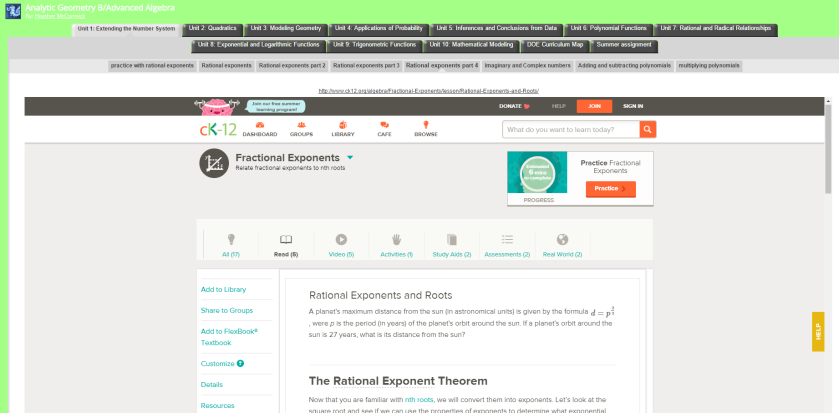
This binder is located at
http://www.livebinders.com/play/play?id=880320
There is no charge for livebinder, but you are limited to just five
binders total. Educational subscriptions are at half price of
business subscriptions and livebinder offers three separate plans, each
with the option to purchase per month or per year. The Pro plan (middle
level) gives users unlimited binders and storage up to 50GB as well as
other options.
CK-12 (
www.ck-12.org)
is a website that maintains content and allows users to create their
own flexbooks which can be copies of existing modules, units, videos,
books, links or user created content. The existing content that can be
found in the CK-12 library is entirely editable, so users are free to
expand, add, and modify as they see fit. The flexbooks can be organized
by chapter and then published. Users have the option of assigning all or
part of a chapter to a class and set due dates. CK-12 is completely and
totally free, and integrates with multiple learning management systems:
Braingenie, Edmodo, Canvas, and Google Classroom.
Below is an example of a flexbook I started to design in order to set
up a remediation opportunity for students. Do note that I didn’t get
terribly far with it, as it was a very time consuming process, but the
potential is very exciting. This flexbook can be located at this link:
http://www.ck12.org/user%3Aag1jy29ybwlja0bozw5yes5rmtiuz2eudxm./book/Advanced-Algebra/section/1.2/?utm_medium=email&utm_source=share-content-share-this-resource&utm_campaign=product
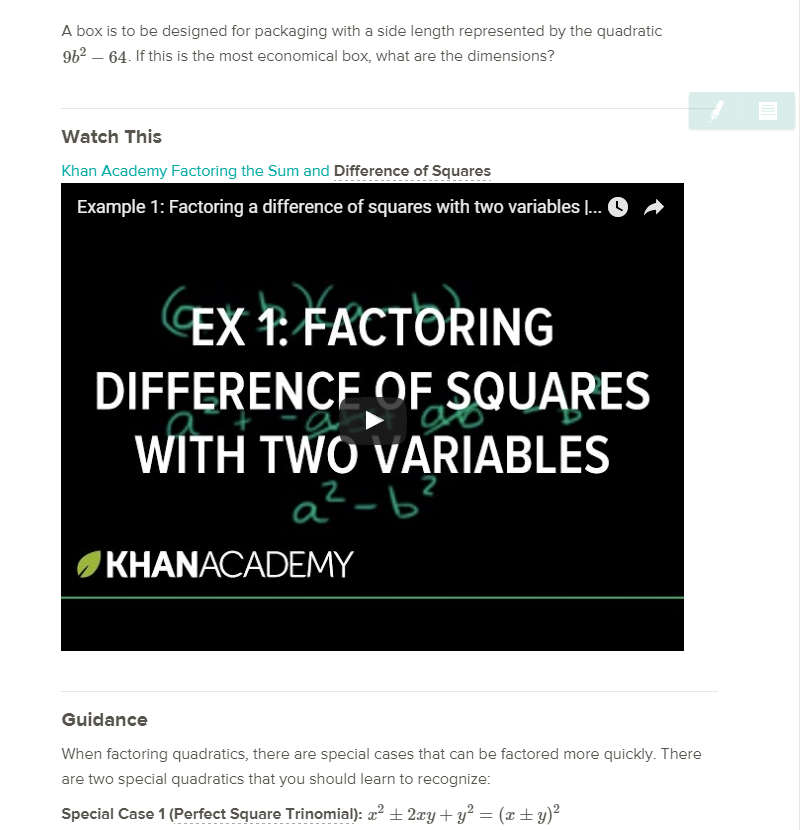
**This post is a collaborative effort between Alice Johnson, Heather McCormick, and Cameron Wood.






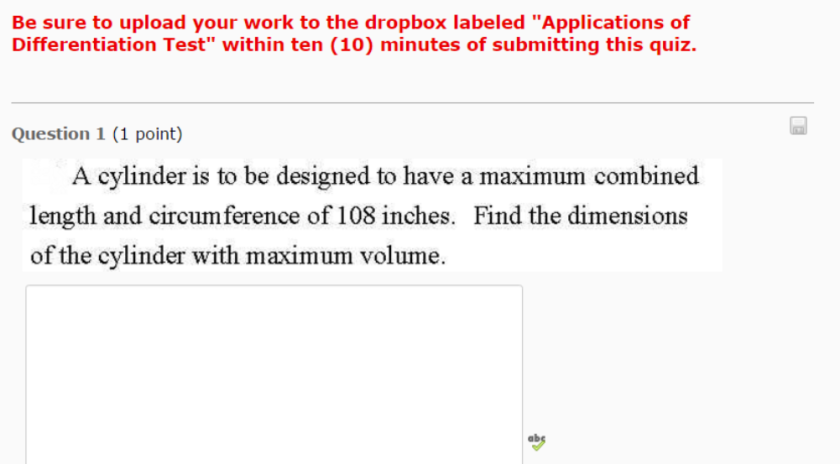
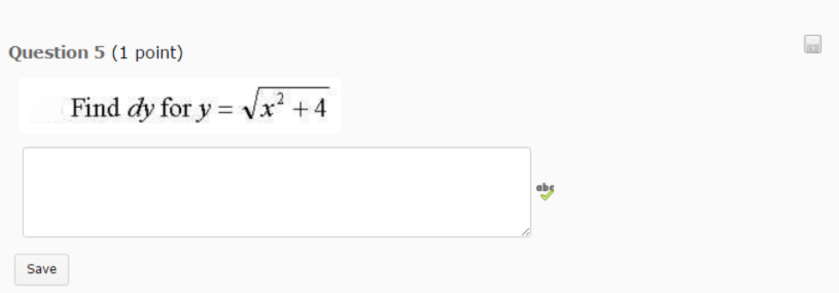
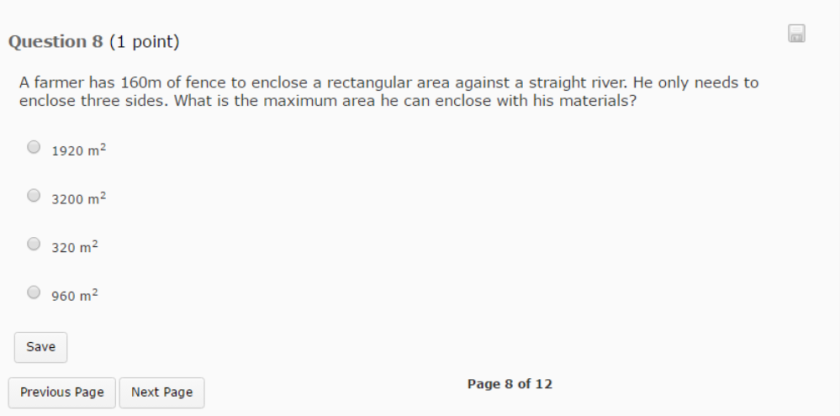
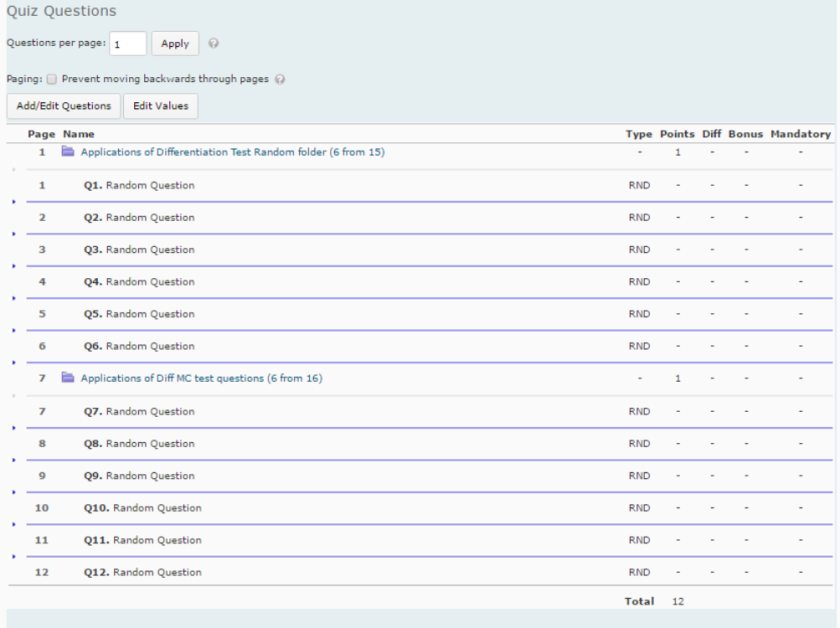





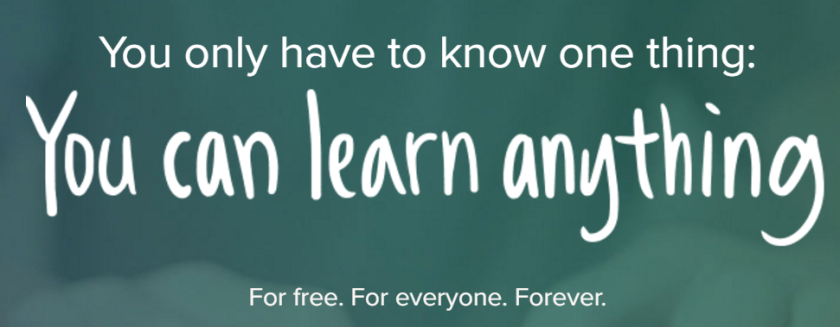


Parabolic Mirrors reduce light pollution in big cities because it uses a reflective to collect energy, like light. So any incoming ray that is parallel to the axis of the dish will be collected to a central focus. Many types of energy can be reflected this way, parabolic reflectors can be used to collect and concentrate energy entering the reflector at a certain angle.